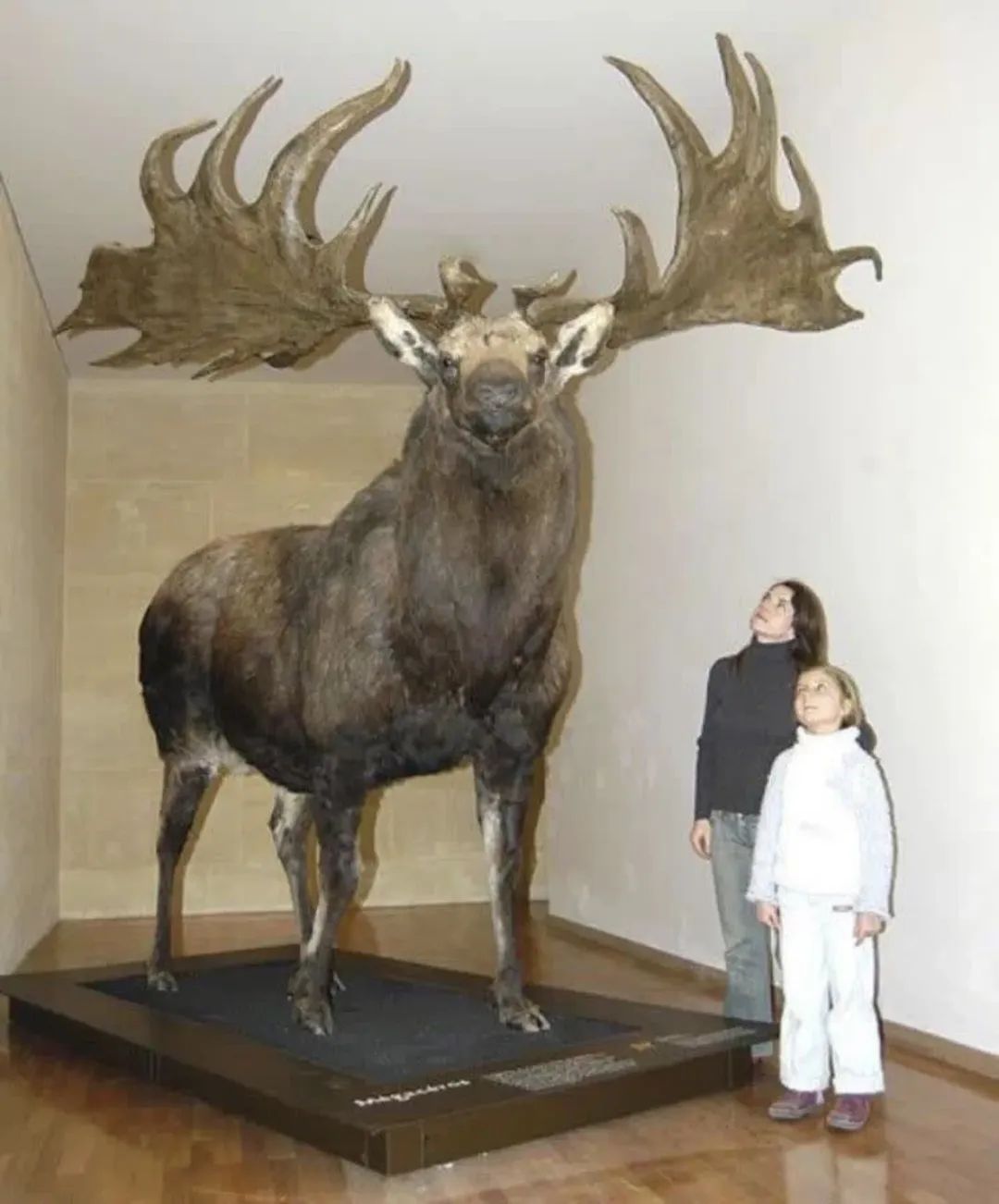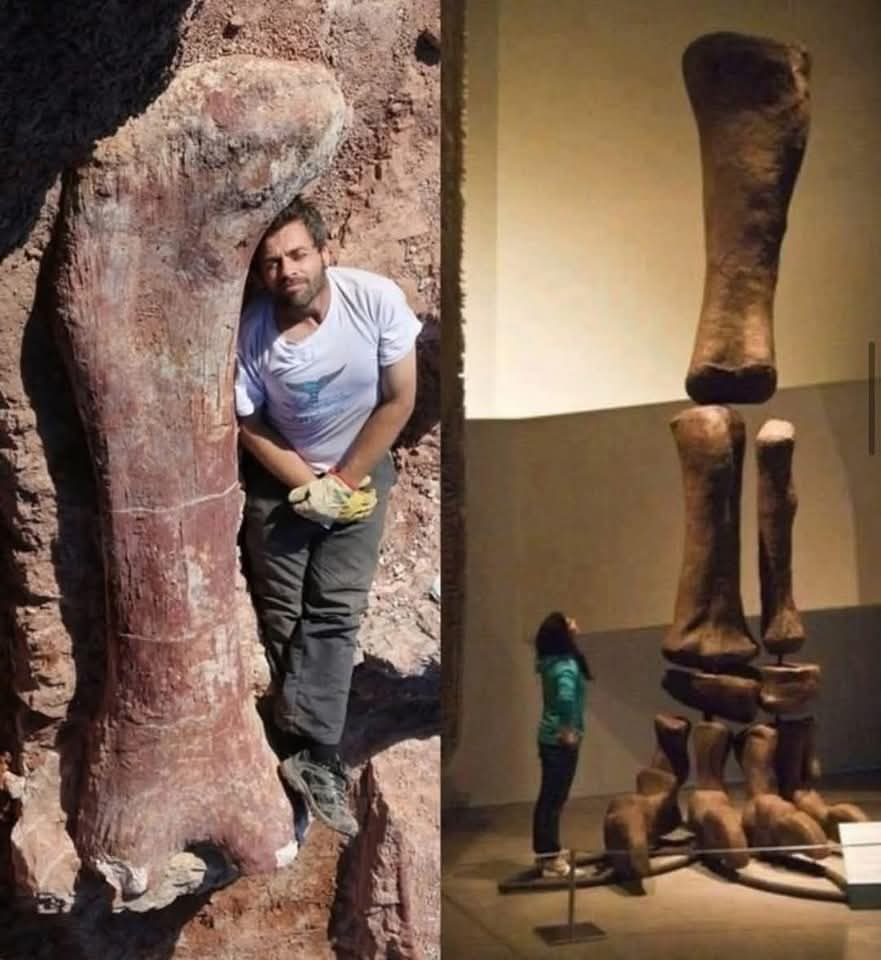
a young boy living among wolves, behaving more like a wild animal than a human. This child, later named Dina Sanichar, would go on to baffle missionaries, scientists, and colonial authorities alike. Some claimed he was raised by wolves; others argued he had been abandoned due to disability or social stigma—sparked by India’s caste system and colonial neglect of marginalized communities. His discovery ignited fierce debates about nature versus nurture, the limits of human development, and the ethical treatment of so-called feral children.
Sanichar walked on all fours, growled, ate raw meat, and even gnawed on bones, mimicking the wolves he had lived among. Despite being taken in by missionaries, he never learned to speak or fully assimilate into human society. His silent, enigmatic existence would later inspire Rudyard Kipling’s fictional character Mowgli, though the real story behind Sanichar is far more haunting than any children’s tale. His life remains a powerful, controversial symbol of the fragile boundary between civilization and the wild.










Leave a Reply